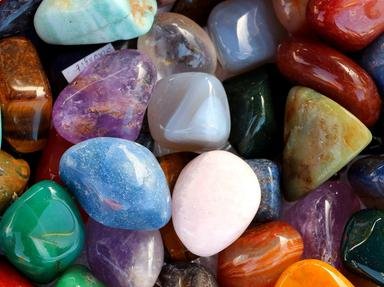Quiz Answer Key and Fun Facts
1. In 1905, a rough gem-quality diamond was unearthed at the Premier mine in Cullinan, South Africa. It was the largest rough diamond found. Reminiscent of the PLU code for organic produce, how many major stones was it cut into?
2. One of the best-known diamonds in the world is the Koh-i-Noor Diamond. Worn by Mughal emperors and British monarchs, this diamond gained a sort-of reputation. Set in the crown of Queen Victoria, who is said should avoid wearing this diamond?
3. The Dresden Green Diamond is a rare diamond that is usually displayed in Dresden Castle. However, it was on loan to the Met in 2019... What event did the diamond narrowly miss out on due to it being on loan?
4. The largest gem cut from the Cullinan Diamond, Cullinan I, was given to the English royal family. Named for its origin in the Cullinan mine, what other name is it known as?
5. The Regent Diamond, also known as the Pitt Diamond, is one of the purest and clearest diamonds in the world. A part of the French royal stones, which emperor had the gem inserted into the guard for his sword?
6. The Oppenheimer Diamond is a large yellow stone that is on display at the Smithsonian Institute. What makes it special?
7. In the Russian Imperial Sceptre is embedded one of the largest diamonds in the world, the Orlov Diamond. Though the sceptre was fully formed, what might people say that the Orlov Diamond is shaped like?
8. The DeYoung Red Diamond was found quite accidentally. It was bought at a flea market by American Sydney DeYoung when the seller mistook it for which other, less-valuable, red gem?
9. The Sancy Diamond has a long history and a complicated ownership. Now a part of the collection in the Louvre, which family, known for being rich but still going down with Titanic, owned the Sancy Diamond during the 20th century?
10. One of the more famous diamonds in the world, the Hope Diamond, was cut from another diamond, the Tavernier Blue. Jean-Baptiste Tavernier acquired it in India and sold it to which waning royal family?
Source: Author
LeoDaVinci
This quiz was reviewed by FunTrivia editor
agony before going online.
Any errors found in FunTrivia content are routinely corrected through our feedback system.
